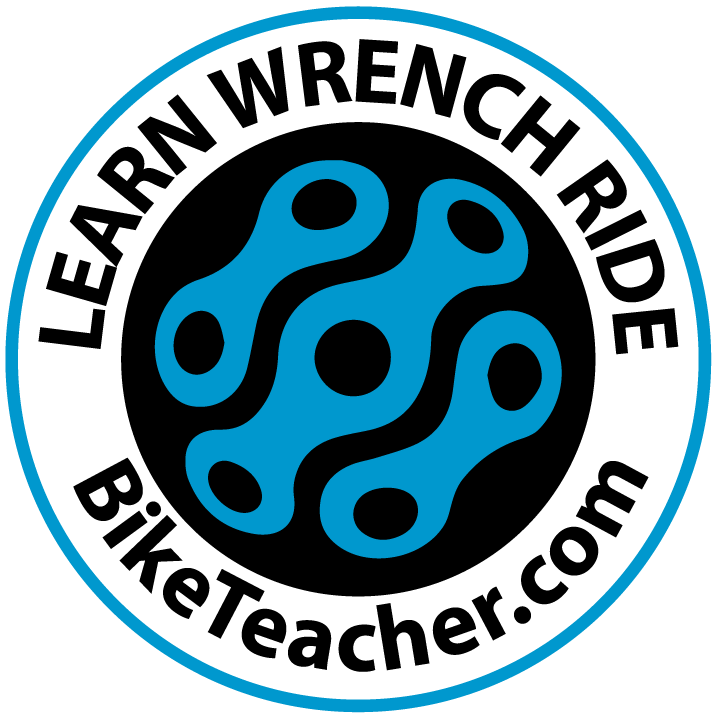
A Pre Ride Safety Check is something you can perform yourself before each ride. If you're unsure how to perform a safety check take it to a bike mechanic.
Pre-Ride Safety Check: Essential Bike Maintenance Before Every Ride
San Jose, CA | Bike Mechanic Classes at Bike Teacher
A Pre-Ride Safety Check ensures your bike is in top condition before every ride, reducing the risk of breakdowns or accidents. Whether you're commuting, road cycling, mountain biking, or riding an e-bike, taking a few minutes to inspect key components can make all the difference.
If you’re unsure how to perform a safety check, consider taking a bicycle mechanic class at Bike Teacher in San Jose, CA—where you’ll receive hands-on training to confidently maintain and repair your bike.
Essential Pre-Ride Safety Check Steps
1. Brakes – Stopping Power is Key
Rim Brakes: Squeeze the brake levers and check for smooth, even braking. Brake pads should make full contact with the rim’s braking surface—not the tire’s sidewall. If pads are worn, misaligned, or loose, adjust or replace them.
Disc Brakes: Pads should grip the widest part of the rotor. If stopping power is weak, inspect for fluid leaks along the brake lines. Never touch the rotor surface with bare hands—oils and dirt can affect braking performance.
2. Bolts – Keep Everything Secure
A tool can be used to check all visible bolts on your bike. As a general rule: tighten until snug, then turn 1/8 to 1/4 more.
Be cautious with small bolts—over-tightening can strip threads.
When in doubt, bring your bike to a professional mechanic.
3. Tires & Wheels – Ride with Confidence
Inspect tires for cuts, embedded debris, or worn rubber.
Check for proper tire pressure—find the recommended PSI on the sidewall and start with the midpoint of the range for a test ride.
Give the spokes a quick squeeze; tension should be consistent across the wheel. Loose or uneven spokes may indicate a wheel that needs truing.
4. Pedals, Saddle & Handlebar Grips – Secure Contact Points
Make sure pedals spin freely and don’t have excessive play.
Saddle should be firmly attached and level—loose seats can shift mid-ride.
Handlebar grips or bar tape should not slip or fray. If they’re loose, replace or rewrap them for a firm grip.
5. Gears – Shift with Precision
Run through all gears in different riding positions—on flats, uphill, and downhill.
If shifting feels sluggish or imprecise, check derailleur alignment and cable tension.
Apply lubrication to the chain and both front & rear derailleurs—one drop per pivot point.
Avoid aerosol lubricants—they can overspray onto braking surfaces, reducing stopping power.
Want to Learn More? Take a Hands-On Bicycle Repair Class in San Jose, CA
At Bike Teacher, we offer beginner-friendly and advanced classes to help you master bike maintenance and repair. Learn how to fix flats, adjust brakes & gears, and keep your bike running smoothly—whether you’re a commuter, road cyclist, or mountain biker.
💡 Bring your bike to class and learn by doing!
📍 Located in San Jose, CA
🔗 www.biketeacher.com
📞 (408) 210-2980
